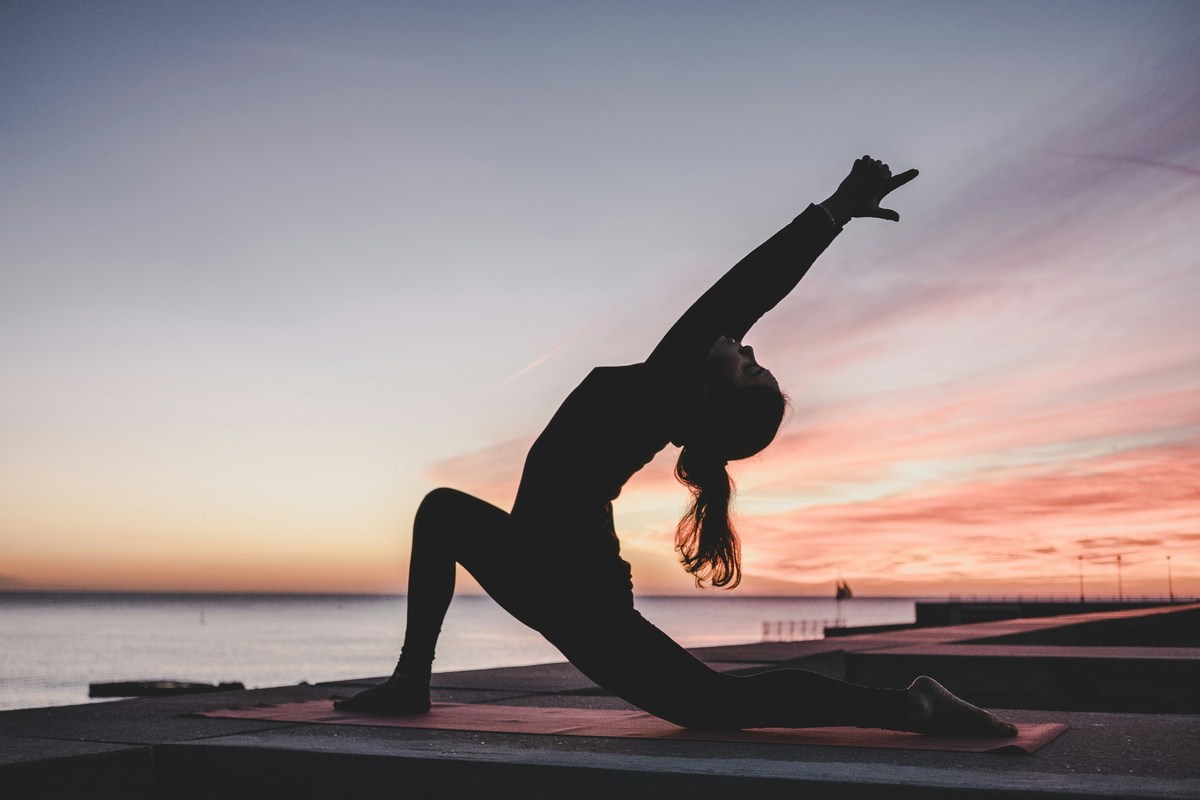Meditation is a powerful practice that can enhance your mental and physical well-being. Starting a meditation practice can help reduce stress, improve focus, and promote overall relaxation. Here’s a guide on how to begin meditating and make it a part of your daily routine.

The Benefits of Meditation
Meditation offers numerous benefits, including reduced stress and anxiety, improved concentration, enhanced self-awareness, and better emotional health. Regular practice can also contribute to improved sleep and lower blood pressure.
Getting Started with Meditation
- Choose a Quiet Space:
- Find a quiet, comfortable space where you can meditate without distractions. It could be a corner of your bedroom, a dedicated meditation room, or even a spot in your garden.
- Set a Time:
- Choose a specific time of day to meditate. Morning meditation can set a positive tone for the day, while evening meditation can help you unwind before bed.
- Get Comfortable:
- Sit in a comfortable position, either on a chair or on the floor with a cushion. Keep your back straight and hands resting on your lap or knees.
- Focus on Your Breath:
- Close your eyes and take a few deep breaths. Focus on the sensation of your breath as it enters and leaves your nostrils. If your mind wanders, gently bring your attention back to your breath.
- Start Small:
- Begin with short sessions, such as 5 to 10 minutes, and gradually increase the duration as you become more comfortable with the practice.
Different Meditation Techniques
- Mindfulness Meditation:
- Focus on your breath and observe your thoughts and sensations without judgment. This practice helps you become more aware of the present moment.
- Guided Meditation:
- Listen to a recorded meditation guide that takes you through a series of visualizations and relaxation techniques. This can be helpful for beginners.
- Loving-Kindness Meditation:
- Focus on cultivating feelings of compassion and love towards yourself and others. Repeat phrases such as “May I be happy” and “May all beings be happy.”
- Body Scan Meditation:
- Slowly scan your body from head to toe, paying attention to any sensations or areas of tension. This practice promotes relaxation and body awareness.

Incorporating Meditation into Your Routine
- Consistency is Key:
- Make meditation a daily habit. Consistency is more important than duration, so aim to meditate at the same time each day.
- Use Technology:
- There are many meditation apps and online resources that offer guided meditations and timers to help you stay on track.
- Join a Group:
- Consider joining a meditation group or class to stay motivated and learn from others. Group meditation can also provide a sense of community.
- Be Patient:
- Meditation is a skill that takes time to develop. Be patient with yourself and don’t get discouraged if your mind wanders frequently.
Personal Experience: My Meditation Journey
When I first started meditating, I found it challenging to sit still and quiet my mind. However, I persisted by starting with short sessions and using guided meditations. Over time, I noticed a significant improvement in my ability to focus and manage stress. Meditation became a cherished part of my daily routine, offering a sense of peace and clarity that positively impacted all areas of my life.

Conclusion
Starting a meditation practice involves choosing a quiet space, setting a regular time, and focusing on your breath. By exploring different meditation techniques and incorporating them into your daily routine, you can experience the numerous benefits of meditation. Be patient with yourself and enjoy the journey towards greater mindfulness and well-being.